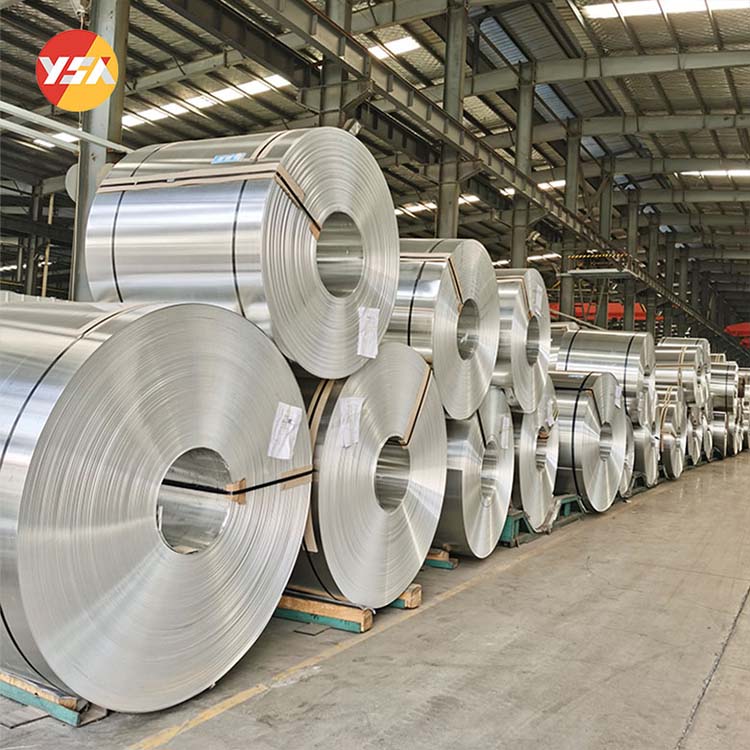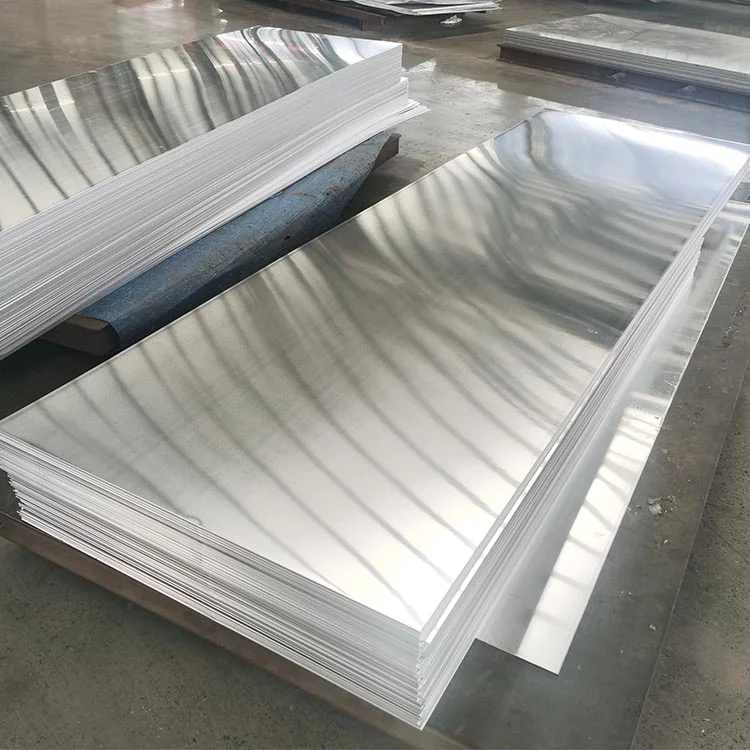[ad_1]
Aluminum foil is a commonly used household item that has a wide range of applications. One of its lesser-known uses is its ability to block thermal imaging. Thermal imaging is a technology that detects infrared radiation emitted by all objects, including humans and animals. By using thermal imaging cameras, heat signatures can be captured and displayed as images, allowing for visual detection of heat sources.
Aluminum foil is a highly effective material for blocking thermal imaging. This is because aluminum foil has a high thermal conductivity, meaning it is able to conduct and transfer heat quickly. When aluminum foil is placed in front of an object, it can effectively reflect the infrared radiation emitted by that object, preventing it from being detected by thermal imaging cameras.
There are several factors that contribute to the effectiveness of aluminum foil in blocking thermal imaging. One key factor is the reflective properties of aluminum foil. Aluminum foil has a very high reflectivity, meaning it is able to reflect a large amount of heat and light. This is why aluminum foil is often used in cooking and baking to reflect heat and ensure even cooking.
Another factor is the thickness of the aluminum foil. Thicker foil is more effective at blocking thermal imaging than thinner foil, as it is better able to reflect and absorb infrared radiation. Additionally, the quality of the foil can also impact its effectiveness. High-quality, industrial-grade aluminum foil is more effective at blocking thermal imaging than lower-quality, thinner foils.
It is important to note that while aluminum foil can effectively block thermal imaging, it is not foolproof. Thermal imaging cameras are extremely sensitive and can detect even small temperature variations. This means that if an object is generating a significant amount of heat, it may still be detected by a thermal imaging camera, even if aluminum foil is present.
Preguntas frecuentes:
Q: Can aluminum foil completely block thermal imaging?
A: While aluminum foil is highly effective at blocking thermal imaging, it is not 100% foolproof. Thermal imaging cameras are extremely sensitive and can detect even small temperature variations, so if an object is generating a significant amount of heat, it may still be detected.
Q: How thick should the aluminum foil be to block thermal imaging?
A: Thicker aluminum foil is more effective at blocking thermal imaging than thinner foil. It is recommended to use high-quality, industrial-grade aluminum foil for maximum effectiveness.
Q: Are there any alternative materials that can block thermal imaging?
A: While aluminum foil is one of the most effective materials for blocking thermal imaging, there are other materials that can also be used. For example, Mylar sheets, ceramic tiles, and certain fabrics can also be effective at blocking thermal imaging.
Q: Is it legal to use aluminum foil to block thermal imaging?
A: The legality of using aluminum foil to block thermal imaging may vary depending on the specific circumstances. In general, there are no laws prohibiting the use of aluminum foil for this purpose, but it is always best to check with local authorities or legal experts to ensure compliance with any applicable regulations.
In conclusion, the science behind using aluminum foil to block thermal imaging is based on its high reflectivity and thermal conductivity. While aluminum foil is not 100% effective at blocking thermal imaging, it can still be a useful tool for maintaining privacy and preventing heat detection. By understanding the properties of aluminum foil and using it effectively, individuals can protect themselves from thermal imaging technologies.
[ad_2]


